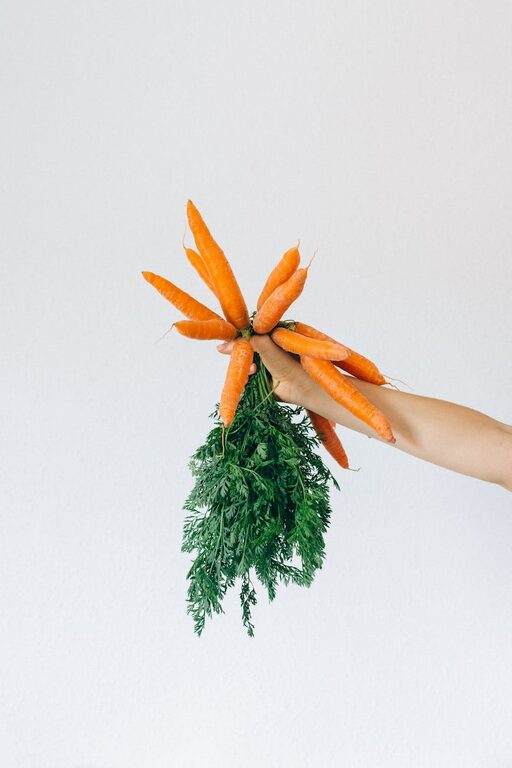
When life gets busy, planning meals can feel overwhelming. But relying on your pantry staples—the non-perishable ingredients you always have on hand—can make meal planning simpler, faster, and more budget-friendly. In this guide, we’ll explore how to organize your pantry, choose versatile staples, and plan meals that are both tasty and convenient using what you already have.
Why Use Pantry Staples for Meal Planning?
Pantry staples are ingredients like rice, pasta, canned beans, spices, and more that have a long shelf life and form the base of many dishes. Using these items for meal planning:
– Saves money by reducing impulse grocery buys.
– Cuts down on food waste since staples last longer.
– Makes cooking faster and less stressful.
– Encourages creativity with flexible recipe ideas.
Step 1: Take Inventory of Your Pantry
Before you start planning meals, take a few minutes to check what’s in your pantry. Here’s how:
– Pull everything out or use a notebook to list items.
– Note quantities and expiration dates.
– Group similar items (grains, canned goods, spices).
– Decide what you want to use first to avoid waste.
Keeping an updated list on your phone or a kitchen whiteboard can help you remember what you have when planning meals throughout the week.
Step 2: Stock Up on Essential Pantry Staples
If you find your pantry is missing some basics, consider adding these versatile staples:
– Grains: Rice, pasta, quinoa, oats
– Canned goods: Beans, tomatoes, tuna, coconut milk
– Baking basics: Flour, sugar, baking powder, yeast
– Spices and herbs: Salt, pepper, garlic powder, paprika, dried oregano, cumin
– Oils and vinegars: Olive oil, vegetable oil, balsamic vinegar
– Other: Broth or bouillon cubes, nut butters, dried fruits, nuts
These ingredients form the foundation for countless meals and snacks.
Step 3: Plan Meals Around Your Pantry Staples
Now that you know what you have, start planning meals by combining pantry staples with fresh or frozen ingredients you may have on hand.
Ideas to Get You Started
– Pasta with tomato sauce and canned beans: Sauté garlic and onion, add canned tomatoes and beans, season with herbs, and toss with cooked pasta.
– Rice and vegetable stir-fry: Use rice, frozen or fresh veggies, soy sauce or a simple sauce made from pantry ingredients.
– Chili or stew: Combine canned beans, diced tomatoes, broth, and spices for a hearty meal.
– Oatmeal or granola: Use oats with nuts, dried fruit, and honey for breakfast or snacks.
– Tuna salad: Mix canned tuna with mayo or olive oil, mustard, herbs, and chopped veggies or pickles.
Mix and Match Tips
– Pair grains with proteins and vegetables.
– Use canned or frozen vegetables when fresh options aren’t available.
– Experiment with spice combinations to keep meals exciting.
Step 4: Batch Cook and Store for Convenience
To save time throughout the week:
– Prepare larger portions of staples-based dishes.
– Divide them into smaller containers for easy reheating.
– Label with dates and freeze when necessary.
Batch cooking meals like soups, stews, or baked pasta dishes helps you resist the urge to order takeout on busy days.
Step 5: Use Meal Planning Tools and Templates
If you want to get really organized:
– Create a weekly meal plan template.
– Use apps or printable planners to map out meals.
– Rotate pantry staple-based recipes to avoid repetition.
Planning recipes around what’s in your pantry makes grocery shopping easier and reduces last-minute stress.
Bonus Tips for Pantry Planning Success
– Keep your pantry tidy: Organize items by category and use clear containers if possible.
– Label open packages: Note the date when you opened items to keep track.
– Restock as needed: Replace staples as you run low to maintain a ready-to-use pantry.
– Be creative: Search online for recipes that use pantry staples to keep your meals fresh.
– Combine fresh, frozen, and pantry items: This blend adds nutrition and variety without extra trips to the store.
Final Thoughts
Meal planning from pantry staples is a practical approach that suits anyone looking to simplify cooking and save some money. By knowing what you have, stocking essential items, and planning wisely, your pantry can become the heart of your kitchen creativity.
Start small, try a few staple-based meals each week, and watch how stress-free cooking can transform your daily routine! Happy cooking!




